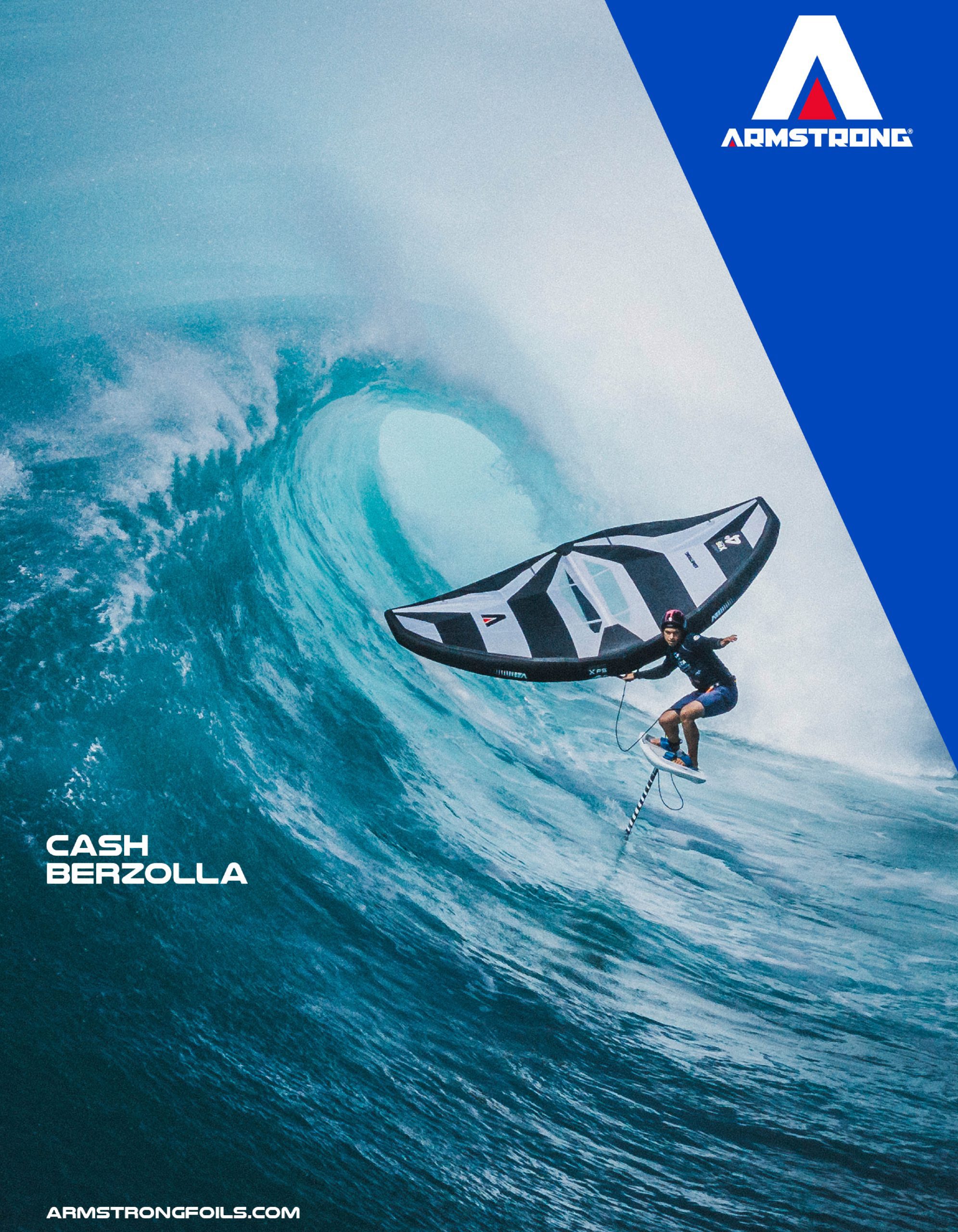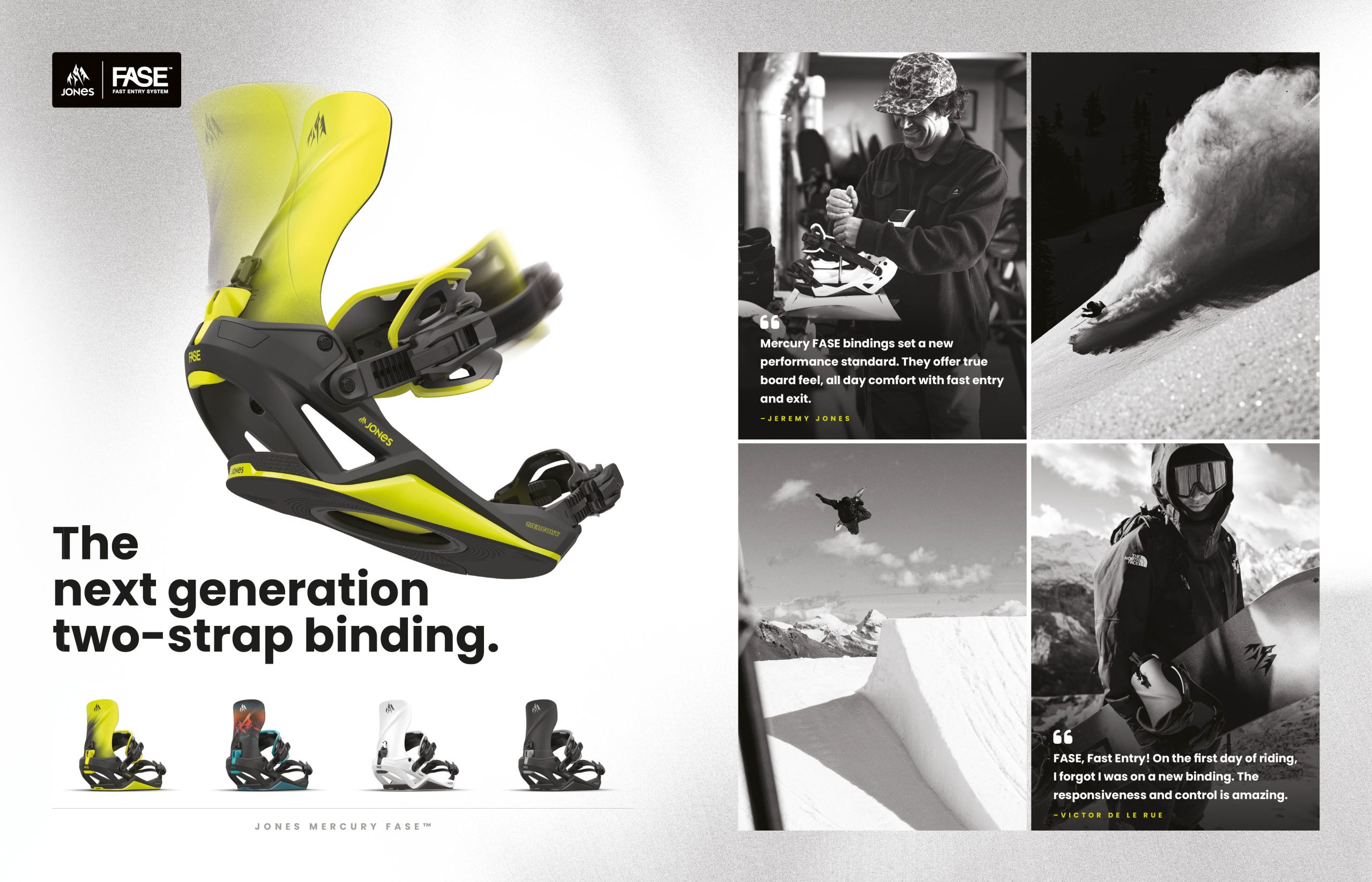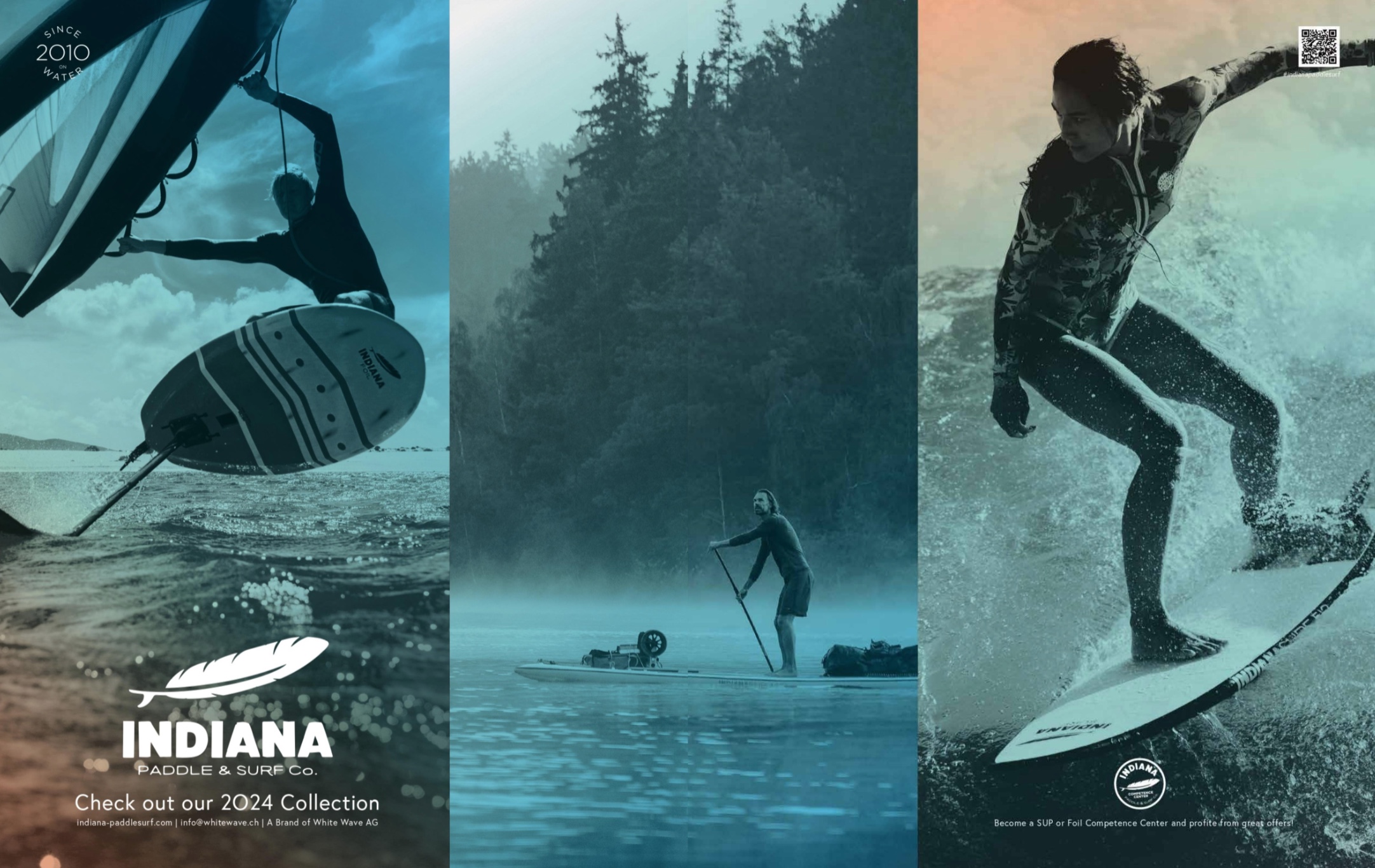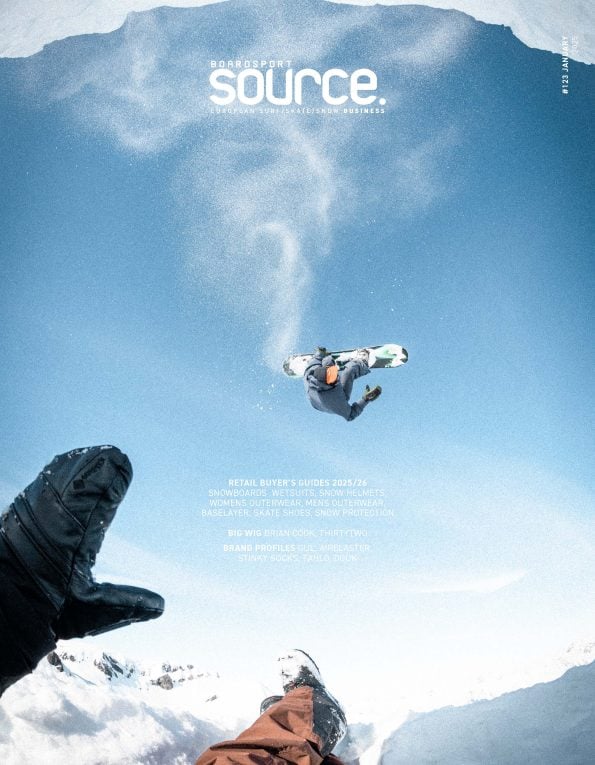Wetsuits SS15 Trend Report
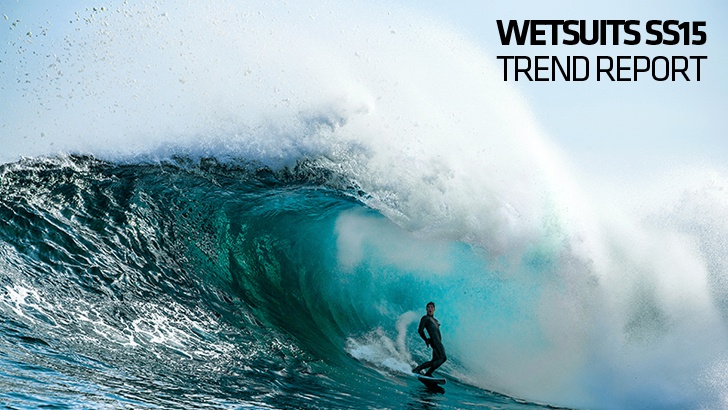
The water temperature in Europe means that surfers have to wear neoprene, even during the summer. Some people may use it to stay in the water as long as possible but above all it serves as protection from the sun, chafing, allergies, reefs and jellyfish, neoprene seems to be an important sidekick for a surfer’s skin. It’s no surprise retailers favour this high-value product, which in terms of SKU works as well in the autumn/winter period as it does spring/summer. Report by Denis Houillé.
 SLIM BUT TOUGH
SLIM BUT TOUGH
Thin models (2mm or less) provide much needed freedom of movement and flexibility while surfing in summer but the durability of the product cannot be compromised. They are in much more frequent use in summer and the products have to be able to withstand frequent everyday handling (taking it off, rinsing and drying). Continuing to make lighter and lighter models increases the risk of reaching breaking point, as is often the case with the entry-level suits whose lamination processes do not conform to quality standards.
Each manufacturer has their own methods for ensuring there are no defects. Rip Curl is the only brand that has its own manufacturing plant so they can guarantee each product is checked (through 8 steps) before leaving the warehouse. This is also why they can offer the longest warranty on the market, three years for the stitching and one year for the rest of the materials.
Quality control is also a priority for Patagonia, scrutinising each aspect of their products “from conformity to the employment code and from the start of the supply chain to printing the logos” explains John ‘Hub’ Hubbard, Development Manager in Ventura, California. Likewise, in order to minimise waste materials, Madness say they are “working off designs using 3D software to improve the fit and limit tearing points”, explains Gunnar Lubhan at Hoff. To ensure their products’ durability Mark Brown from C-Skins “inspects manufacturing techniques in their factories and makes sure that the stitches do not perforate the neoprene too deeply to cause a leak or a vulnerable area.”
At O’Neill, the TechnoButter neoprene remains popular in winter and in summer as their Head of Product Joe Turnbull confirms: “customers appreciate the lightness of this material and the fact that it holds almost no water.” Amongst other unique advantages, Mike Pickering from Gul mentions their “snake skin” covering on external nylons, which keeps the wetsuit light by evacuating water and protects the heart of the neoprene foam.
As we have seen in their recent advertising campaign, Patagonia are now proud to announce they have cultivated their own neoprene (yulex from plants) and not extracted from natural resources. In the same vein, Phil from Tiki Wetsuits confirms the arrival in 2015 of a rubber produced without hydrocarbons.
 IMPROVED LININGS
IMPROVED LININGS
This inner layer plays a specific role and reinforces all the wetsuit’s characteristics. Generally, linings improve thermal insulation as well as the warmth and elastic properties of the neoprene foam no matter how thin. There are different requirements for all areas: warmth on the torso and back and elasticity at the joints, while having low water retention and being quick drying throughout.
The lining’s stretch actually has to be as, if not better than the neoprene’s. “The internal weaving used by Wishbones actually “increases the stretch of the neoprene and its stitching”, thereby prolonging its life, explains founder Dononvan Marais.
Coconut fibre is still being used in linings for its durability and odour-reducing properties. Matuse compare their linings to silk but only to the touch because it’s “probably the most robust and stretchy on the market” states John V. Campbell, CEO of Matuse Inc.
The anti-microbial treatment (that most high-tech linings have) is also noteworthy, ensuring that 99% of bacteria is eliminated and maintaining a healthier wetsuit for longer.
PRICE RANGES
Directly indexed to the price of oil, neoprene production is subject to sometimes significant price changes that manufacturers are forced to absorb if they don’t want it to affect their retail price. The variable price is therefore seriously taken into account as Carlo Rauen, Head of Product at ION wetsuits states “depending on which panel of neoprene we are dealing with, we choose a specific material to optimise performance and cost”.
Overall for spring/summer products, the average neoprene basket value comes in slightly under the winter models. On the other hand, the number of SKUs is higher at retail because of all the different formats (sleeves and legs) as well as accessories (tops, jackets, neoprene shorts).
 COLOURS
COLOURS
Beyond the technical and functional aspects, the look of a wetsuit can sometimes be a deal clincher, especially in summer. Many manufacturers in recent years have sworn by black alone, still a timeless colour for the neoprene market. Recently however, some headstrong brands like Matuse and Patagonia admit to being convinced to “add some colour, especially to feminine models”. Overall we are noticing more demand for colour in the water. According to the designers -even though they think it’s too early to talk about it – the colour range that is used sparingly is meant to remind people of all the fun of summer. “The majority of manufacturers seem to have opted for organic tones (bronzes, olive, mustard) and the trend seems to be set for a few more seasons,” observes Donovan at Wishbones.
Between the grey and black panels that are still so often standard across the range, we are finding splashes of popping colour (yellow, blue, green). Equally noteworthy is the taste for solid colour wetsuits that are blank, with no pattern and always a strong colour.
For girls, Borja Torres, Head of Wetsuits at Rip Curl is already talking about next season’s bombs and about their retro-sexy look combined with e-stitch technology. Fluoro seems to still work well with the kids who always want more, as Alistair Zorica, Global Head of Wetsuits at Quiksilver confirms “for kids, the wetsuits are never too fluoro!”
FUNCTIONAL DETAILS
Beyond the major criteria of fit and neoprene quality, we can see many little perks that can swing the balance in favour of one model over another. All deserve particular attention and you should bear in mind that if a designer has spent hours refining it, it’s only so you can optimise your time spent in the water. So here are some details that make it worth buying from a specialist. At the wrists and ankles, an extra strap will stop the water from circulating openly as is so often the case with entry-level models. At the neckline, the strip of neoprene has to be reinforced, doubled over and should not move or cause friction. The zipper (front or back) can also be an entry point for water. That’s why specialists like O’Neill and Quiksilver have decided to coat each zipper tooth to stop any water getting in.
Finally to minimise the number of defects or product returns that customers might be tempted to try, it is useful to remind them about the care instructions for wetsuits on every purchase. “Aftersurf” handling is the key to neoprene longevity. As Paulo Green from Onda Wetsuits reminds us, “no wetsuit is indestructible, the industry knows it and so do surfers.” Rinsing in fresh water after every use is key – no shampoo, no shower gel, nothing else at all. Remember that just like the salt/sun cocktail is bad for your skin, the same goes for neoprene and in particular the stitching. When you get changed try to avoid car park tarmac and gravel and use something else whenever possible (rug, bag or plastic crate). Also be sure to close all Velcro because when it’s inside-out it can grip your lining’s jersey and eventually pull it off. Finally, avoid the old classic and disastrous wetsuit drying technique of full sun and coat hanger. The U.V rays will gradually burn the neoprene foam and you’ll wear it out quicker around the shoulders as they have all the weight of the dripping wetsuit on them. Dry it by folding it in two at the waist.
OVERVIEW
– Neoprene’s protective properties (cold, sun, chafing, allergies)
– Linings improve the neoprene’s properties
– Products durable enough to withstand high usage in summer
– Trend for solid colours, grey/black bitonals and without patterns
– Comfortable materials: soft liner and water repellent coating




